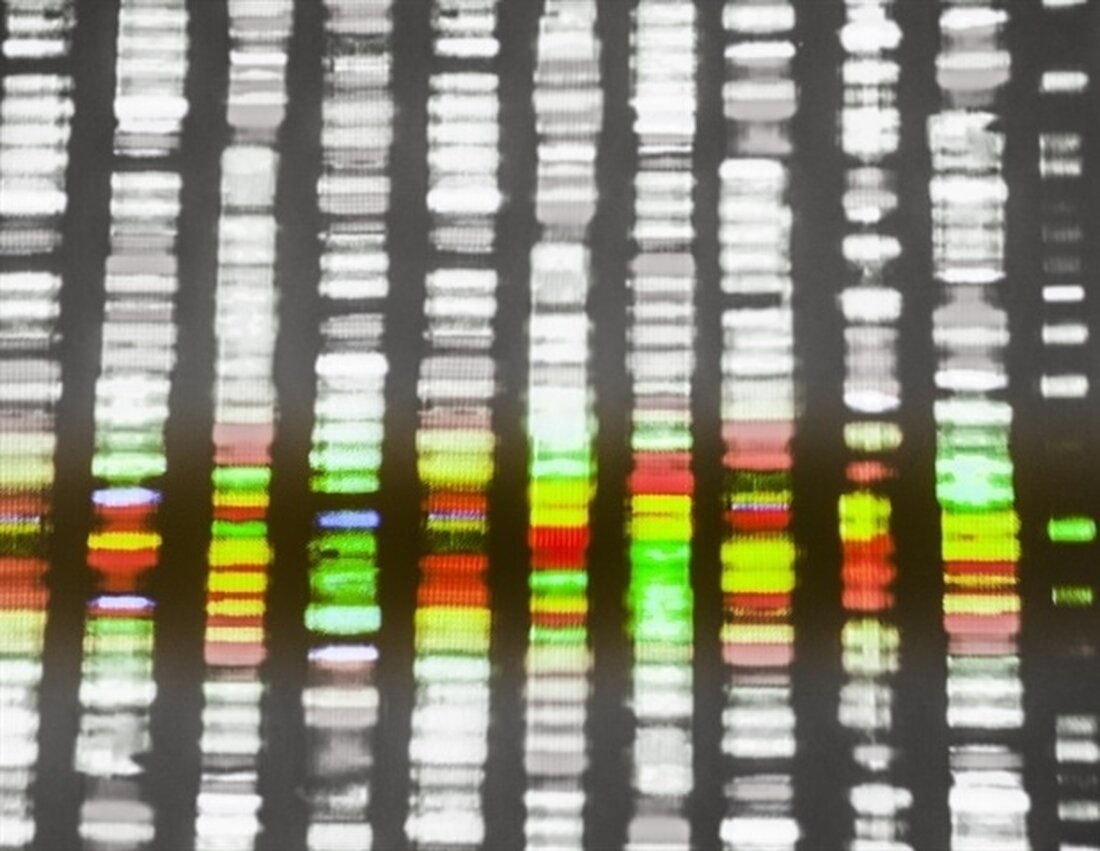Chromosome microarray analysis could help identify the cause of SIDS or SUDC in older children
A genetic test known as chromosomal microarray analysis (CMA) could help identify the cause of sudden infant death syndrome (SIDS) or its counterpart in older children, known as sudden unexplained death in childhood (SUDC), finds a study led by Boston Children's Hospital. The researchers, led by Richard Goldstein, MD, Ingrid Holm, MD, MPH, and Catherine Brownstein, MPH, PhD, call for CMA to be made routine in the evaluation of SIDS and SUDC. They published their study results online Nov. 7 in the journal Advanced Genetics. “We believe we have enough information to say that CMA is a...

Chromosome microarray analysis could help identify the cause of SIDS or SUDC in older children
A genetic test known as chromosomal microarray analysis (CMA) could help identify the cause of sudden infant death syndrome (SIDS) or its counterpart in older children, known as sudden unexplained death in childhood (SUDC), finds a study led by Boston Children's Hospital.
The researchers, led by Richard Goldstein, MD, Ingrid Holm, MD, MPH, and Catherine Brownstein, MPH, PhD, call for CMA to be made routine in the evaluation of SIDS and SUDC. They published their study results online Nov. 7 in the journal Advanced Genetics.
“We believe we have enough information to say that CMA is worth considering when a child has died without explanation and is worth investigating further to better understand these deaths,” says Goldstein, who directs Robert's Sudden Unexpected Death in Pediatrics Program at Boston Children's and was senior author of the study.
The team used CMA to test samples from 116 deceased infants and toddlers up to 28 months old whose deaths were classified as SIDS or SUDC. In 14 children (12 percent), CMA identified deletions or duplications of segments of the child's DNA or small DNA rearrangements that were pathogenic or “favorably pathogenic.”
CMA is already routinely used for children with conditions such as autism, developmental delay and multiple congenital anomalies, as well as children with undiagnosed medical conditions.”
Ingrid Holm, co-senior author of the study
To further validate their findings, the researchers compared CMA results in SIDS/SUDC patients with those in control groups of community children and two cohorts of children with autism spectrum disorder. When assessing the likelihood of potentially impactful chromosomal changes in CMA, the SIDS/SUDC group scored significantly higher than the control group but had similar scores to children with autism spectrum disorder (ASD).
Many of the CMA findings had no apparent association with SIDS/SUDC and require further investigation. For example, two children had undiagnosed Klinefelter syndrome, in which boys are born with an extra X chromosome but generally have a normal lifespan. Several identified chromosomal deletions/duplications have also been linked to neurodevelopmental conditions, including seizures, ASD, developmental delay, and schizophrenia.
Adding to the testing arsenal
Genetics & Genomics eBook
Compilation of the top interviews, articles and news from the last year. Download a free copy
In previous work, researchers at Boston Children's used whole-exome sequencing (sequencing the 1 to 2 percent of the genome that encodes proteins) to evaluate children whose deaths were classified as SIDS or SUDC. In this study, 11 percent of children had genetic variants (changes) that likely played a role in their death. It remains to be seen to what extent CMA would contribute to these results and how much overlap there is between the genes found to be altered by exome sequencing and the genes affected by DNA deletions/duplications.
The team hopes their findings will encourage medical investigators investigating SIDS deaths to ask them for help.
“Medical investigators are interested in genetic testing, but they lack the resources, especially when it comes to interpreting the results,” says Goldstein. “We’re trying to move this ball forward and provide useful information.”
In addition to exome sequencing and chromosomal abnormalities in CMA, researchers recently received a grant from the American SIDS Institute to study more complex structural changes in chromosomes that may contribute to SIDS and SUDC, using an advanced genomics platform called Bionano Saphyr to image extremely long DNA strands.
“This technique gives us the ability to find structural variations that are too large to be picked up by traditional DNA sequencing but too small to detect with chromosomal microarrays,” says Brownstein, lead author of the study and scientific director of the Manton Center for Orphan Disease Research Gene Discovery Core at Boston Children’s. “We can also detect cases where a DNA segment “flips” to a different location on the chromosome.
In the long term, as the cost of DNA sequencing declines, researchers want to use whole-genome sequencing to study SIDS and SUDC, a single test that could reduce the need for CMA.
Source:
Reference:
Brownstein, CA, et al. (2022) Copy number variation and structural genomic findings in 116 cases of sudden unexplained death between 1 and 28 months. Advanced genetics. doi.org/10.1002/ggn2.202200012.
.

 Suche
Suche
 Mein Konto
Mein Konto
